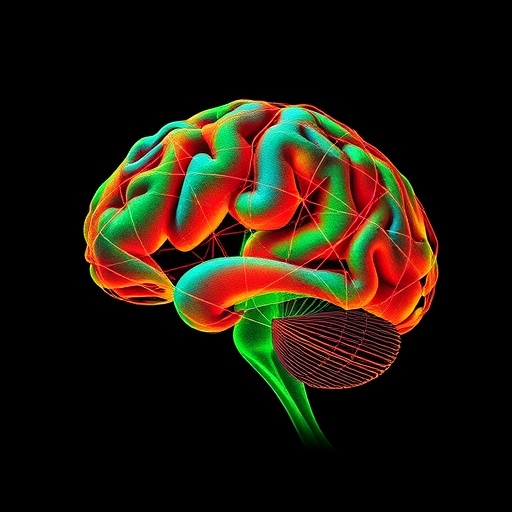JACKSONVILLE, Fla. — In collaboration with the University of Kentucky, the University of Texas Southwest Medical Center, Rush University Medical Center, the University of Cambridge in the U.K., and other institutions, Mayo Clinic researchers helped to establish a name for a degenerative brain disease that afflicts the elderly and mimics features of Alzheimer’s disease. This working group describes “limbic-predominant age-related TDP-43 encephalopathy,” or LATE, as an underrecognized risk for public health and calls for an urgent focus on research to improve prevention, diagnosis and treatment of the disease. The report appears in the journal, Brain.
“LATE is a prevalent but underrecognized condition in the elderly,” says Dennis Dickson, M.D., a Mayo Clinic neuropathologist. “We have been studying this protein for many years, but now we have a common goal to target, which is something we want to make clinicians aware of. LATE needs to be recognized and differentiated from Alzheimer’s disease.”
Researchers from Mayo Clinic were among the leaders of the working group, with the University of Kentucky leading the study. Dr. Dickson and colleagues identified the first pathological manifestation of LATE in 13 elderly patients with dementia and brain changes in 1994. Other groups have built and expanded on his and others’ early work.
“Given that persons of advanced age (past 80 years) are at greatest risk for LATE and constitute a rapidly growing demographic group in many countries, LATE has an expanding but underrecognized impact on public health,” the report says.
The report is a call to action, says Melissa Murray, Ph.D., a Mayo Clinic molecular neuroscientist. “This consensus paper is an accumulation of research from multiple groups that have spent the past decade working on this. We’ve come together to declare that LATE is its own disease entity — a disease in and of itself.”
Clifford Jack Jr., M.D., a Mayo Clinic neuroradiologist, and Rosa Rademakers, Ph.D., a Mayo Clinic neurogeneticist, also are co-authors of the report.
Among the goals of the working group was to agree to a name and common nomenclature for the disease. Age-related TDP-43 proteinopathy has been known to clinicians for about a decade, but a common terminology was lacking. Identifying the disease is an important step in catalyzing future research, the report says.
The working group recommends that TDP-43 testing be performed as part of routine autopsy evaluation in all older patients. Also, more investigation is needed to test for memory and nonmemory symptoms that distinguish LATE from other degenerative disorders. No diagnostic tests are available to identify patients with LATE, though an exciting area of research will be the development of biomarkers for brain imaging, with the goal of revealing the disease early in the patient’s progression, Dr. Murray says.
Research on neurological diseases such as LATE has been made possible by resources in the Brain Bank at Mayo Clinic’s Florida campus. This Brain Bank, which contains more than 6,000 specimens, is one of the largest repositories of brain tissue specimens in the world.
The LATE research, says Dr. Murray, is an “example of how crucial organ donation programs are to advancing scientific knowledge.”
###
Funding included grants from the National Institute on Aging, National Institutes of Health. Full funding and conflict of interest information can be found in the publication.
About Mayo Clinic
Mayo Clinic is a nonprofit organization committed to clinical practice, education and research, providing expert, comprehensive care to everyone who needs healing. Learn more about Mayo Clinic. Visit the Mayo Clinic News Network.
Media Contact
Kevin Punsky
[email protected]
Related Journal Article
https:/
http://dx.




